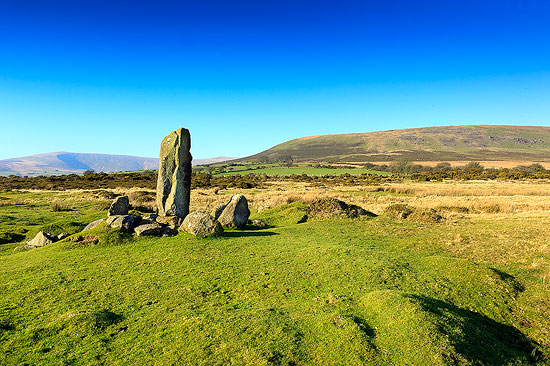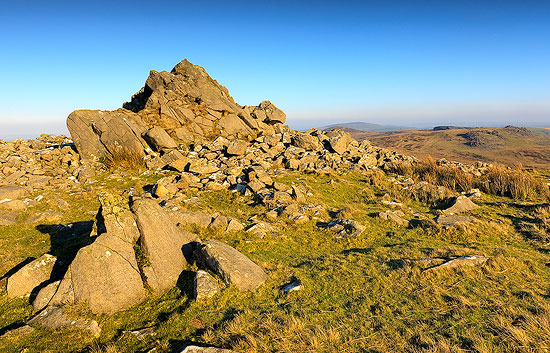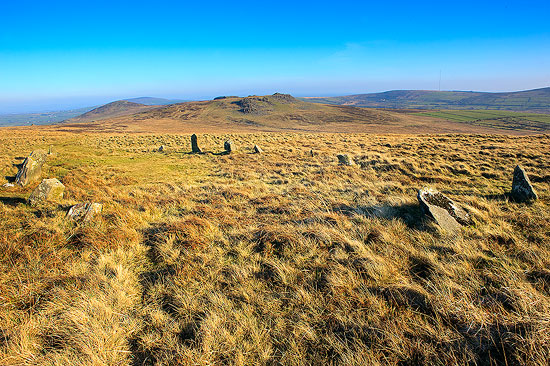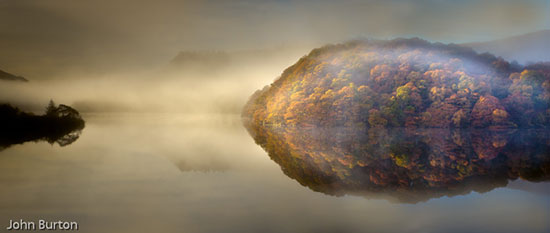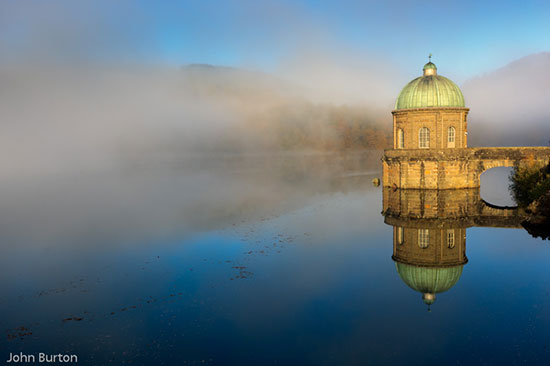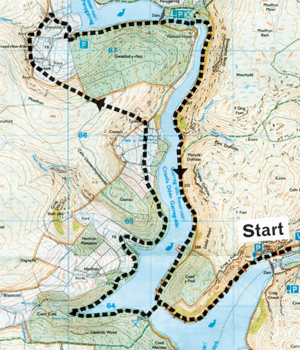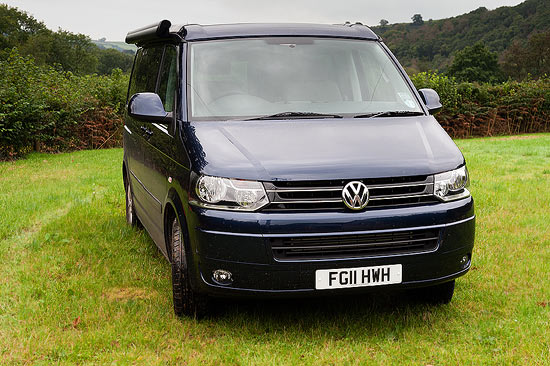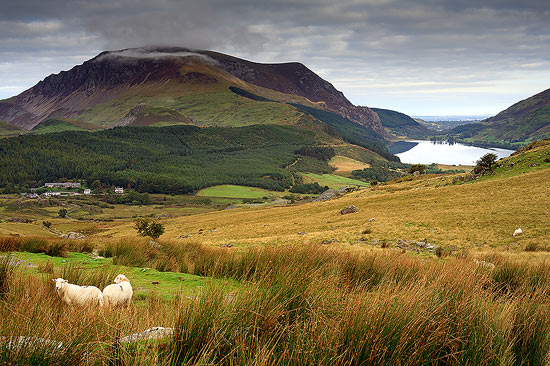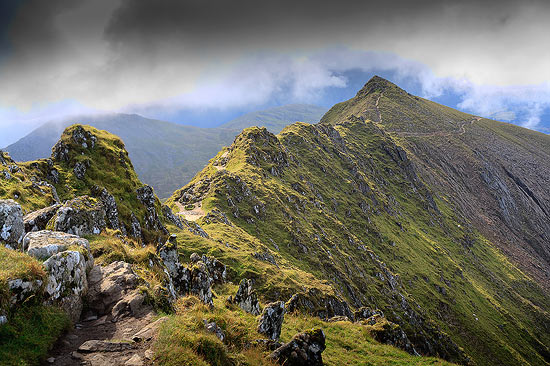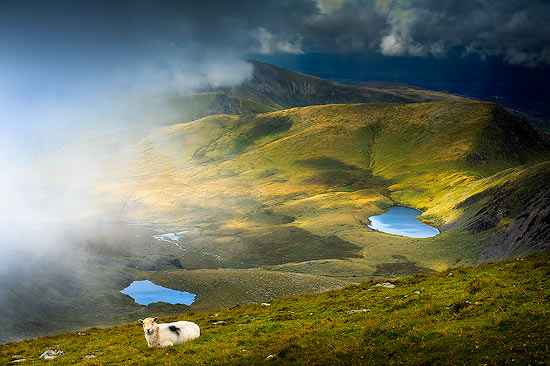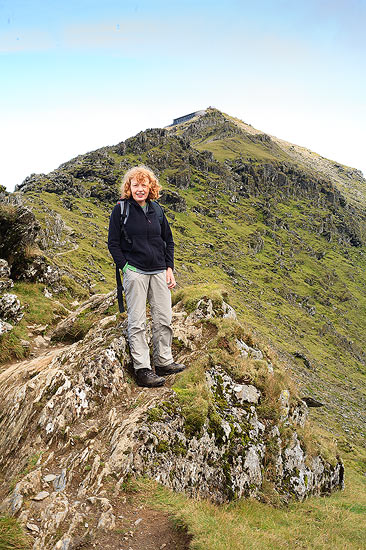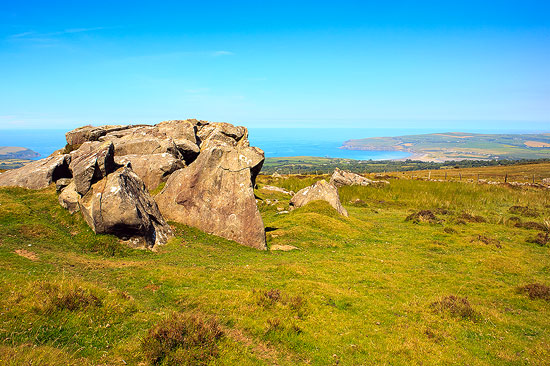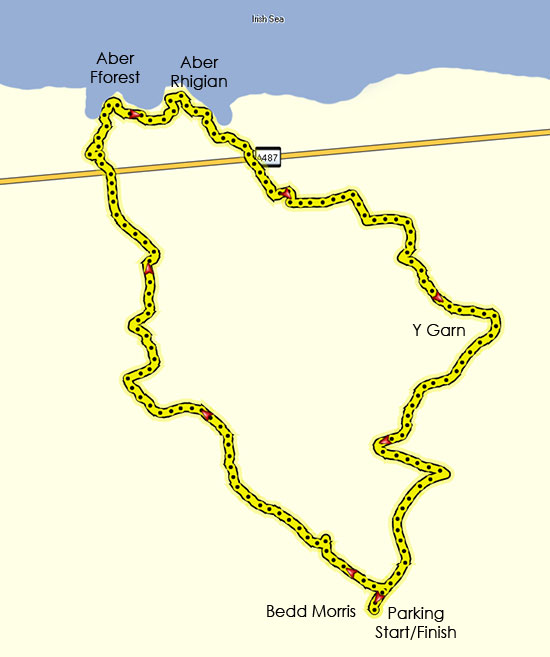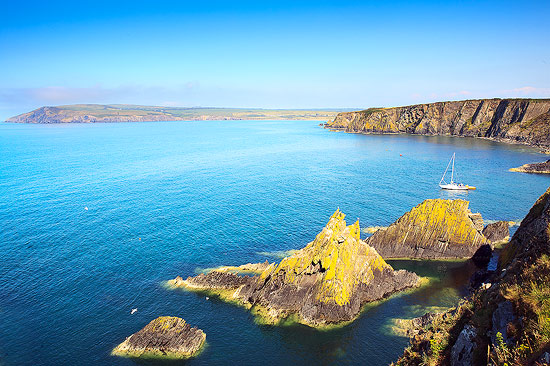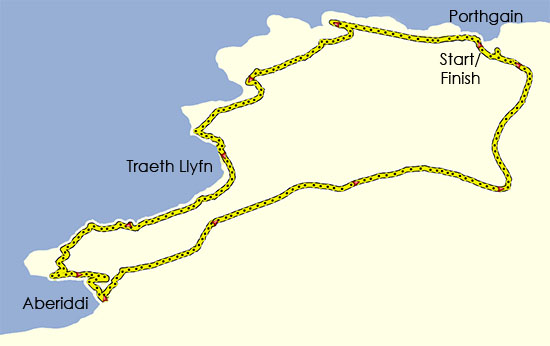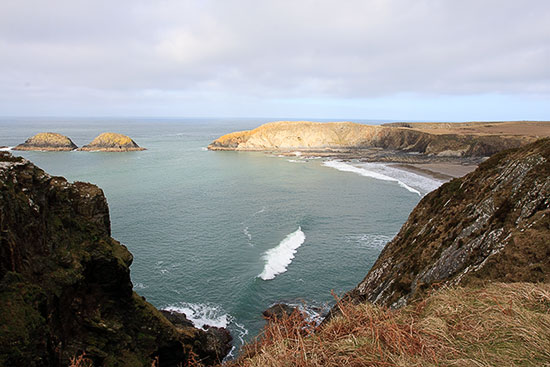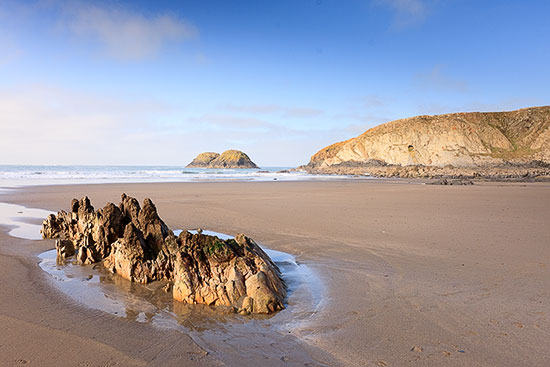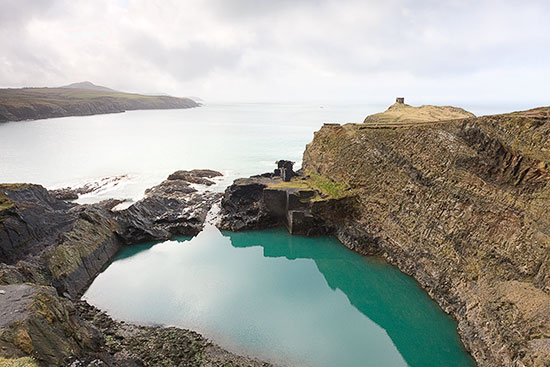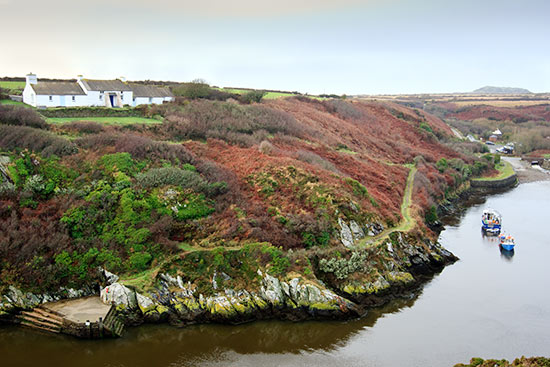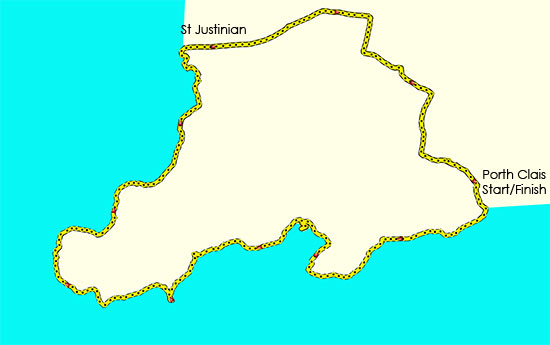We haven’t posted a walk for a while, not because we haven’t done any walking but because of a general lack of inertia when it comes to posting the details.
The Cambrian Mountains are a wild and empty plateau lying between the Snowdonia and Brecon Beacons National Parks. They are Wales’ fourth national park in-waiting; designated in 1972, the Park was later cheated of recognition and protection, by an unholy alliance of landowners and politicians. It remains surprisingly unknown to a lot of people.
The Teifi pools lie to the north east of Strata Florida and are a group of lakes situated about 1500 ft up the western slopes of the Cambrian Mountains and this is a rather exceptional walk on a fine day. It can get very wet underfoot so good boots (and gaiters?) are essential pretty much any time of year.
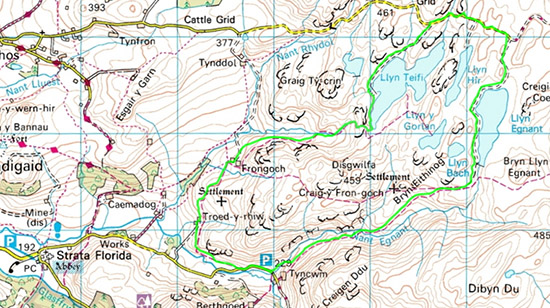
As we are in the middle of an unusual heatwave in July 2013 we set off in the campervan the night before to make an early start. The walk is approached from a ‘no through’ road from Strata Florida and there is parking for about 3 or 4 cars at the point marked on the map above. There was no one else there at around 10.00 pm other than a lot of midges! So we camped there before setting off about 5.30 in the morning. The walk starts about 100 metres BEFORE or west of the parking place not where the footpath is shown in the map If you try and take this route you’ll be going straight through a farm (Tyncwm) full of barking dogs. The path is an easy uphill, past a cairn, until you reach Llyn Egnant. Here the track becomes tarmac as it is a service road for the reservoir. Keep going until you reach a ‘T junction’ then turn left.
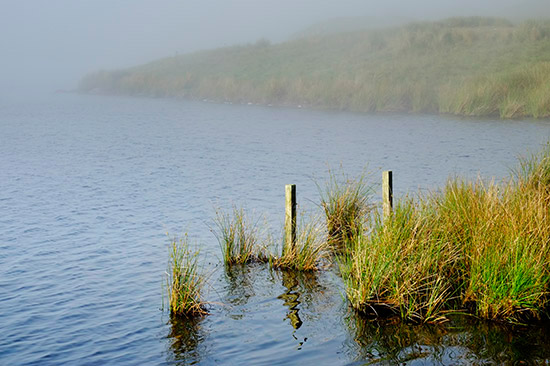
Continue along this track with Llyn Hir on your left until you come to a board indicating that you have reached Llyn Teifi. Turn left and follow this track, through a gate until you reach the dam. Go through the small double metal gates then follow the track under the dam. Follow the lake side across all the other small dams. Once you have gone across the last one turn back sharp right and find the fairly indistinct track down the valley. Keep going down until you reach a small cairn, just ahead is a waymarked fence. Follow the path along the fence. The path turns away (left) by a marker post and goes up to another small cairn. The track should be more distinct now.
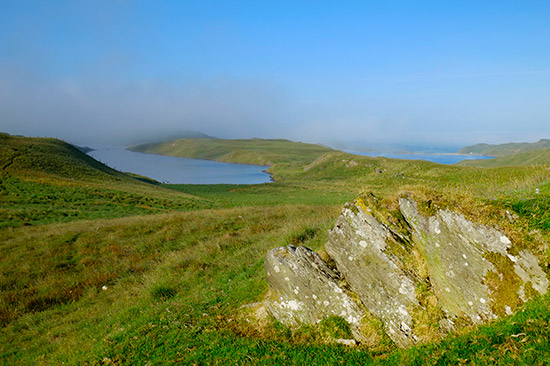
Follow the track towards the farm Frongoch. Go through the gate and in front of the house turn right and go over the ladder stile in front of the farm buildings. Keep following the track all the way to Troed-y-rhiw. When you come to the white holiday cottage there is a gate on the left, go through it into the field and follow the path across the field to a stile. Go over the sile and follow the contouring path down to the road. Turn left on the road and walk back to your starting point.
The walk is about 6.5 miles in total.



